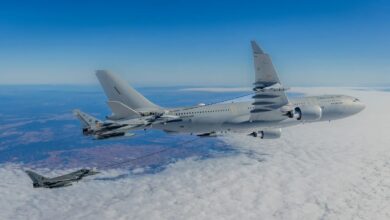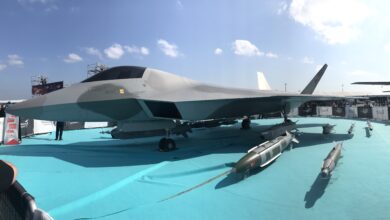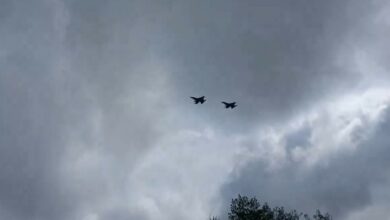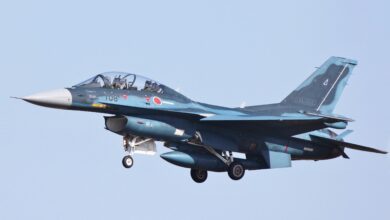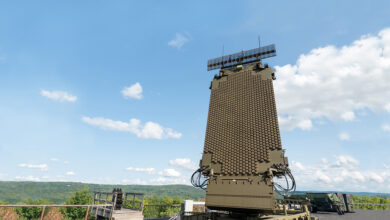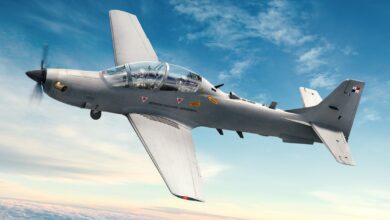The US Air Force’s aging B-52 Stratofortress bombers will receive a major upgrade to continue executing missions until at least 2050.
Described by an air force official as the “largest modification” in the aircraft’s history, the strategic bomber will be outfitted with a modern variant of the Rolls-Royce F130 engine for improved performance.
A $2.6-billion contract was awarded to the British firm last year, and the US Air Force recently conducted an engine subsystem preliminary design review.
According to B-52 division Col. Louis Ruscetta, the new engines will significantly enhance the bomber’s fuel efficiency and range.
“There is no future of the B-52 without the engine replacement program,” he said, as quoted by Breaking Defense. “The TF33 is essentially unsupportable now, and so we are doing what we can to keep that on life support until the engine replacement program comes along.”
A full system preliminary design review for the F130 engine is set to begin later this year.
The new engines are expected to be integrated into the 70-year-old B-52 Stratofortress by 2027, with initial operating capability by 2030.
Radar Upgrade
Beyond modernizing the B-52’s engines, the air force will integrate Raytheon’s AN/APG-79 radar, also used by the Super Hornet fighter.
Several modifications are needed to accommodate the new radar, such as adjusting the bomber’s cooling systems.
The AN/APG-79 radar will be positioned facing upside down so it can look down at the ground, unlike how it is positioned on the Super Hornet.
The service has completed the critical design review and is now working on building a testbed to determine how to integrate the radar.
“This is really a game changer as you look at B-52 really performing that long range standoff capability as we go to a two-bomber force structure,” Ruscetta said, calling it the “most exciting modification” to be performed on the aircraft.
The new radar is expected to bolster the bomber’s situational awareness, providing a better ability to identify and neutralize targets.
The air force will begin testing the aircraft with the new radar in 2025, with initial operating capability expected by 2027.



